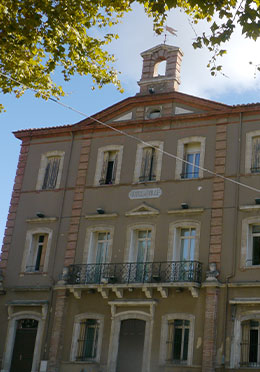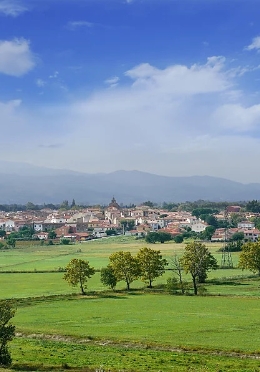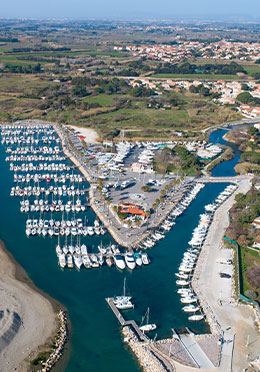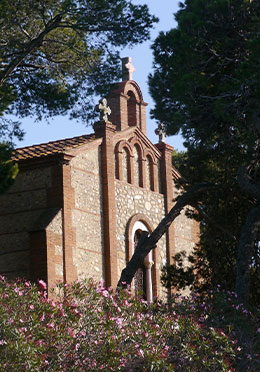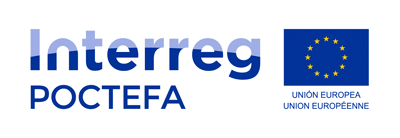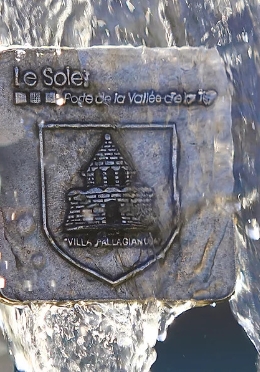
The 36 Communes
City of Saint-Hippolyte
Bordering the Etang de Salses, the commune is rich in vineyards, orchards, market gardening and fishing. Between tradition and modernity, the ancient medieval town has kept its castle but is resolutely looking to the future.
The story
Invaded by the Moors in the 8th century, "Sanctus Hypolitus" was reconquered by Charlemagne in the 9th century, endowed with a castle and became a royal fief, before being ceded to the Templars who succeeded in wresting the village from the swamps. Saint-Hippolyte was largely destroyed during the Franco-Spanish war in 1542.
In addition to fishing, which is still practised today, salt pans are mentioned several times in medieval texts. Until the 20th century, sheep were raised on the salt meadow. In the 18th century, the western part of the territory was already covered with vines. A rich mix of terroirs allows its wine cooperative to present high quality products. A museum of the vine and the wine allows to discover instruments and old viticultural tools.
Residents
Number of inhabitants
The town of Saint-Hippolyte has a population of approximately 3,081.
The pond of Saint-Hippolyte
The village has a long border of a pond classified as Natura 2000. This protected area has been developed for visitors who are curious to discover the richness of its fauna and flora. Footpaths, landscaped areas, an observatory for birds during their migratory stopover, an orientation table, allow visitors to discover the richness of the lagoon environment, its fauna and flora.



